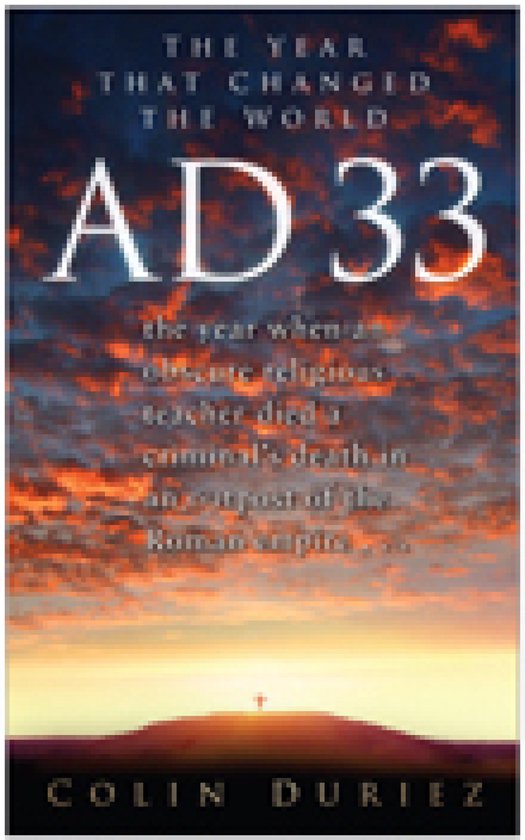
Septuagint - Torah
After the death of Alexander the Great in 323 BC, his generals ripped apart his empire, and by 305 BC General Ptolemy had gained control of the Eastern Mediterranean, including Egypt, Judea, Cyprus, Cyrene, and coastal regions of modern Turkey, including Cilicia, Pamphylia, Lycia, and Caria. He established the dynasty of the Ptolemies that would rule Egypt for the next three centuries until Cleopatra VII Philopator committed suicide in 30 BC. The Ptolemys built one of the great wonders of the ancient world, the Library of Alexandria, which at its height was said to house over 400,000 scrolls. The original collection that was amassed in the first century of the library, was mostly Greek works, and translations of Egyptian works. In the middle of 3rd century BC, King Ptolemy II Philadelphus ordered a translation of the ancient Hebrew scriptures for the library.
To create this translation, a group of rabbis assembled in Alexandria who translated the common Aramaic version of the Torah popularly ascribed to Ezra the Scribe into Greek. This translation later became known as the Septuagint, the Greek term for 70. According to The Letter of Aristeas, this was because there were seventy rabbis who created the translation. An alternate theory is that there were 70 books in the Septuagint at some point, however, a joke preserved in the Book of the Hammer (Hebrew Maccabees) suggests there were originally 50 books in the Septuagint. An alternate theory is because the number 70 represented 'completeness' in ancient Canaanite cultures, including the Judahite and Samaritan cultures. The original version, published circa 250 BC, only included the Torah, or in Greek terms, the Pentateuch. These five books were traditionally credited to Moses circa 1500 BC: Cosmic Genesis, Exodus, Leviticus, Numbers, and Deuteronomy.
Cosmic Genesis begins by recounting a fusion of ancient Akkadian and Middle Egyptian creation mythology before telling the stories of Abraham, Isaac, and Jacob, the ancestors of the Israelites. Their stories also include smatterings of Old and Middle Egyptian religious iconography, such as Jacob's vision of the ladder up to the sky, which in Egyptian mythology was associated with first Horus the Elder and then Osiris since the Old Kingdom era. Few books have generated as many debates about geographical features as the book of Exodus. It describes a series of wonders that the god of the Israelites performed to free them from their slavery in Egypt, and then their trek across the wilderness to a mountain on which the god descended and gave them the Torah. Leviticus, Numbers, and Deuteronomy expand upon the laws and history of the Israelites in the late Bronze Age and early Iron Age.
This translation attempts to restore and translate the original Septuagint's Torah as it would have appeared circa 250 BC.
| Auteur | | Scriptural Research Institute |
| Taal | | Engels |
| Type | | E-book |
| Categorie | | Religie, Spiritualiteit & Filosofie |





